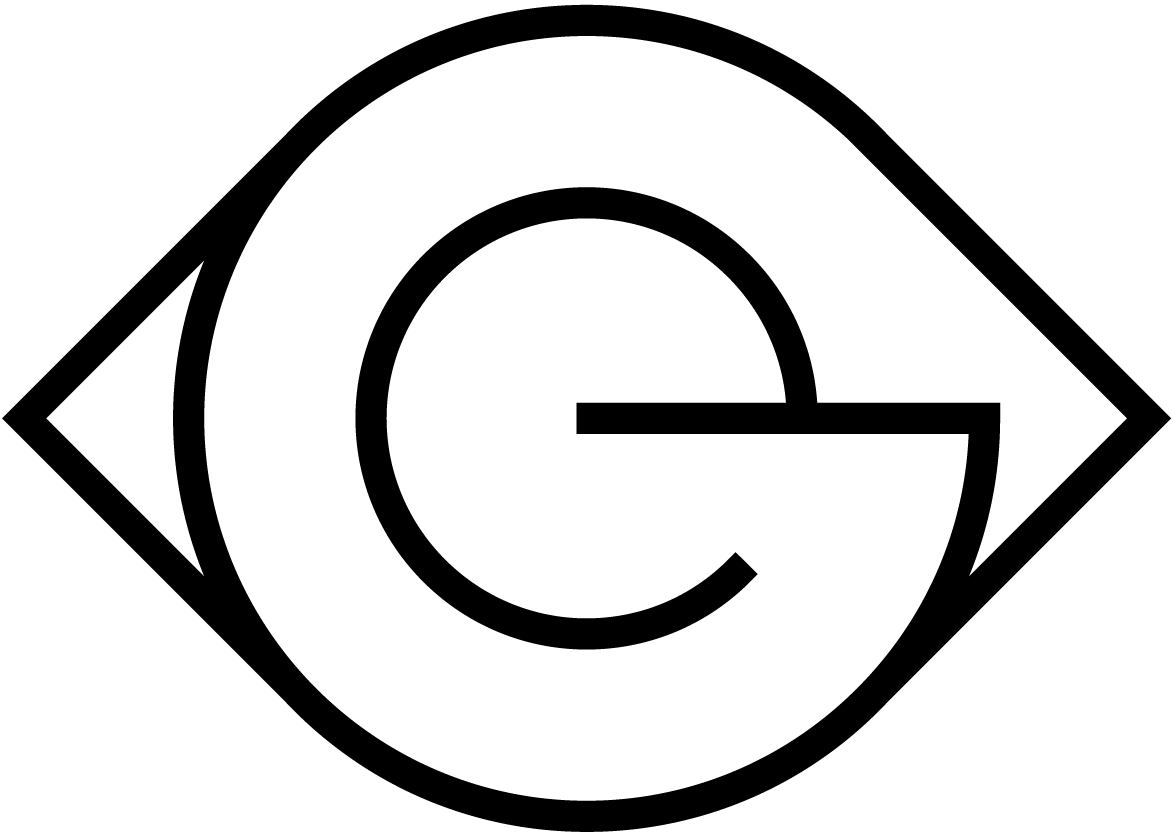Prescription lenses to stop myopia, a revolution!
A Small revolution
A small revolution in the world of ophthalmology. The Hoya vision company has invented a spectacle lens that not only corrects myopia but also helps treat it. In France, children are already wearing them, explains Dominique Bremond-Gignac, head of the ophthalmology department at Necker hospital in Paris. She already prescribes the glasses to her patients with myopia.
A public issue
This is a real ophthalmological innovation from Asia just like myopia. This is a real public issue because high myopia will cause complications and increase the likelihood of retinal complications subsequently appearing. "When the child grows, his myopia also grows inexorably. These glasses will help to slow this development", explains the doctor. "In Asia, the feedback has been very good, there is no reason that it should not be the same with us," she adds.
The lenses
These glasses are equipped with a defocus system with small cells that defocus, despite the fact that they are presented as regular outdoor glasses. Knowing that when the child grows, the eye grows and therefore his myopia inexorably worsens. This is the case today. What the doctors will try with this glass is to decrease or slow down this growing myopia so that it changes as little as possible.
"It seems that the glass will be taken care of in a way similar to a classic glass, details Dominique Bremond-Gignac.
Origins of the word & the problem
Definition
Myopia is a vision disorder whose main symptom for the subject is to see blurry in the distance. The image of a point is no longer a point but a spot on the retina, the perception of a distant object becomes blurred like a silhouette and colors whose outlines are not clear. The farther away the object is, the greater the blur (weighted by the myopia value). In short, the myopic sees less well from a distance than up close. This can be corrected with glasses, contact lenses, or refractive surgery.
There are two types of myopia:
Index myopia (power). These are linked to an increase in the refractive index of the lens of the eye due to cataracts. The rays focus before the retina.
Axial myopia. In this case, the eye is too long, the focusing of rays coming from infinity is done before the retina.
We can distinguish many forms of myopia depending on the optical mechanism involved and which has already been mentioned, the age of onset, pathological conditions (trauma, scleritis, cataracts)
Causes
The defective focus of the image in myopia results from a mismatch between the length of the eye, the dioptric power and its distribution:
For severe to moderate myopia, the eye is too long (over 23mm long) and the image forms in front of the retina (i.e. where the retina should be if the size of the eye was normal);
For mild myopia, it is an excess of curvature of the cornea (at the limit keratoconus) or of the lens (transient myopia of ciliary spasm or certain forms of anterior scleritis);
Sometimes it is an increase in the refractive index of the lens, as in late myopia and early nuclear cataracts. The lens is the only ocular (and even bodily) structure that continues to grow throughout life like the concentric layers of tree trunks that indicate their age. This increase in intra-crystalline diopters is usually neutralized by a concomitant decrease in the curvature of the lens capsule (main diopter). This increase in the crystalline lens is, moreover, a determining factor in the appearance, almost physiological, of cataracts after 75-80 years. The crystalline lens being devoid of vessels, its metabolism will be more difficult by simple diffusion from the aqueous humor. The severe myopic having by nature a large crystalline lens, cataracts will be at home earlier.
Other factors such as environmental factors and genetics also come into play. Furthermore, since the size of the eye is clearly genetically determined, myopia most likely associates a genetic background with environmental factors.
Written by H.B.

